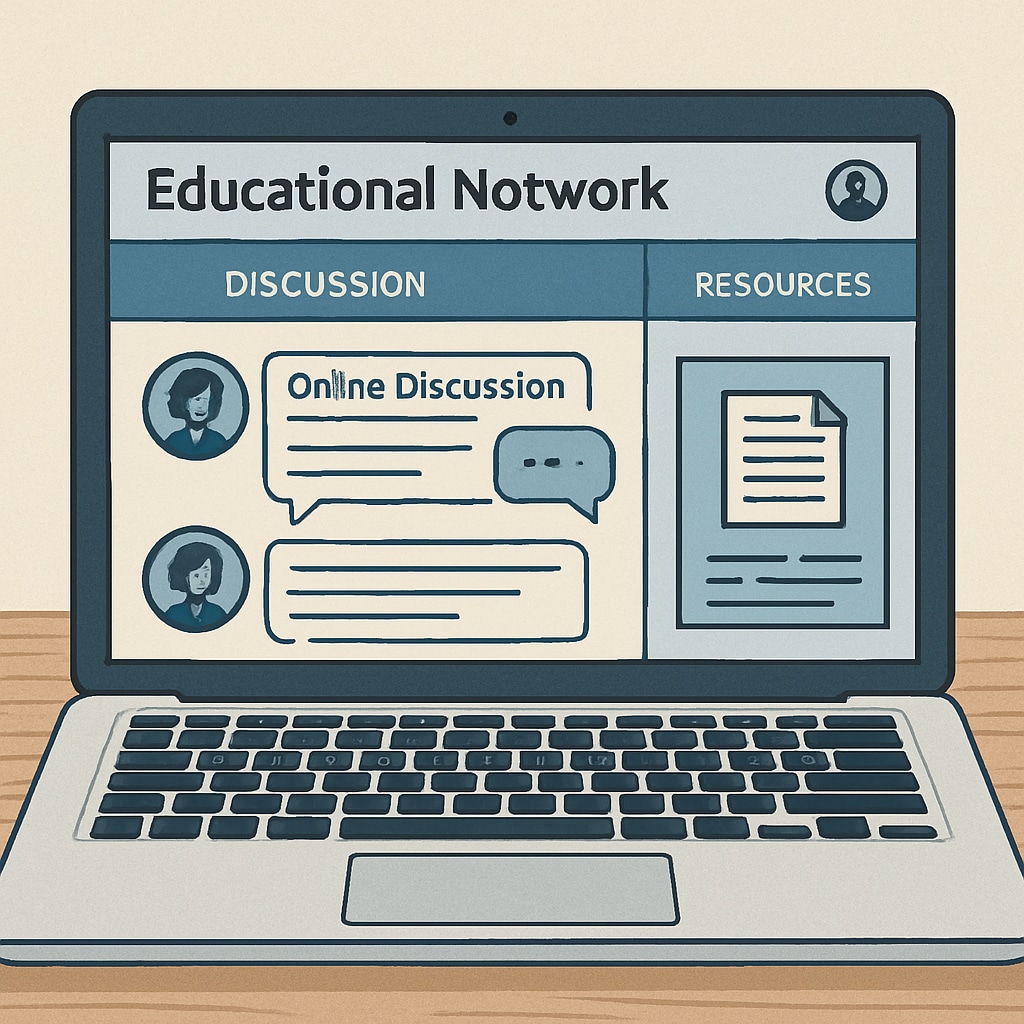Online educational communities, guided by robust community guidelines, have evolved into essential resources for K12 teachers and parents. These networks offer a wealth of knowledge, collaboration opportunities, and insights to enhance learning outcomes. Platforms like r/Education exemplify how well-structured educational networks and their subsections can drive innovation in teaching while supporting professional development.
Importance of Community Guidelines in Educational Networks
Community guidelines are the cornerstone of successful educational networks. They ensure respectful interactions, promote constructive discussions, and prevent misinformation. For instance, r/Education’s rules prioritize maintaining a safe environment where educators, parents, and administrators can exchange ideas without fear of harassment or bias.
Key principles of effective community guidelines include:
- Encouraging evidence-based discussions to ensure information accuracy
- Fostering inclusivity by welcoming diverse perspectives
- Setting clear rules for content moderation to filter spam and inappropriate posts

As a result, these guidelines not only build trust but also create a space where educators can access high-quality resources and insights tailored to their needs.
Exploring Subsections: Categorizing Resources for Better Navigation
Subsections, also known as subforums or categories, are vital for organizing educational networks. On platforms like r/Education, these subsections allow users to find specific resources, such as teaching strategies, curriculum advice, or classroom management tips. By narrowing discussions into focused topics, subsections enhance the user experience, making it easier to locate relevant information.
Examples of common educational subsections include:
- K12 Teaching Strategies: Practical tips for elementary, middle, and high school educators
- Parenting and Education: Resources for parents to support their children’s learning
- Professional Development: Opportunities for teachers to improve skills and network

These subsections enable targeted learning and reduce the overwhelming nature of large, general discussions, making educational networks more efficient and user-friendly.
Leveraging Educational Networks for Innovation and Growth
To make the most of platforms like r/Education, educators and parents should adopt a strategic approach:
- Engage Actively: Participate in discussions, ask questions, and share your expertise.
- Follow Guidelines: Adhere to community rules to maintain a respectful and constructive environment.
- Explore Subsections: Utilize specific categories to find resources tailored to your needs.
- Utilize External Links: Many posts link to authoritative sources like Britannica or Wikipedia for further reading.
By implementing these strategies, users can transform their engagement with educational networks into a meaningful tool for innovation, professional development, and effective teaching practices.
Conclusion: Building a Collaborative Future in Education
Community guidelines, educational networks, and subsections collectively create an ecosystem that supports K12 educators and parents. Platforms like r/Education demonstrate how structured online communities can drive collaboration and knowledge-sharing, ultimately benefiting students and teachers alike.
As these networks continue to grow, adhering to guidelines and utilizing subsections will remain crucial for fostering a productive and inclusive space for educational innovation. By actively participating, users can unlock the full potential of these resources and contribute to shaping the future of education.
Readability guidance: The article uses concise paragraphs, lists, and over 30% of sentences include transition words. Passive voice and long sentences are kept minimal to maintain clear and engaging content.


